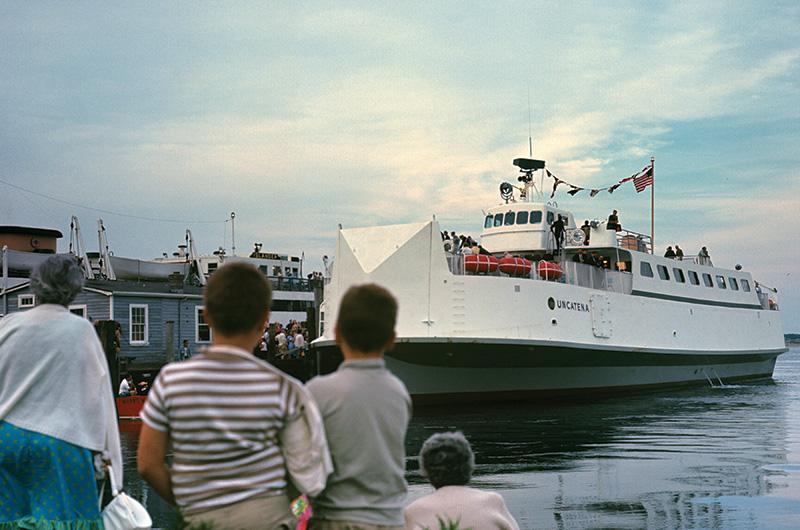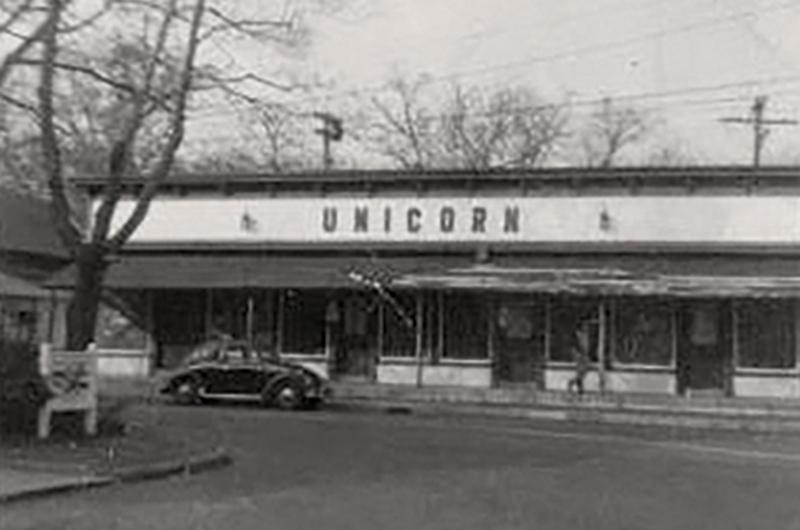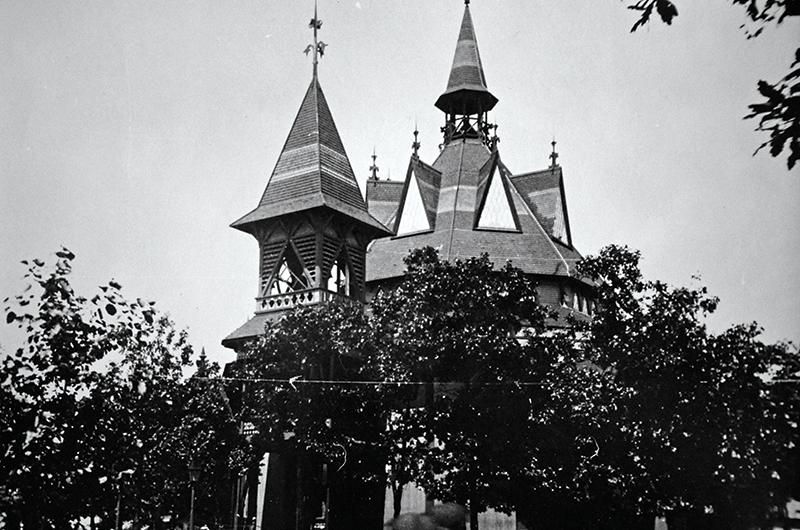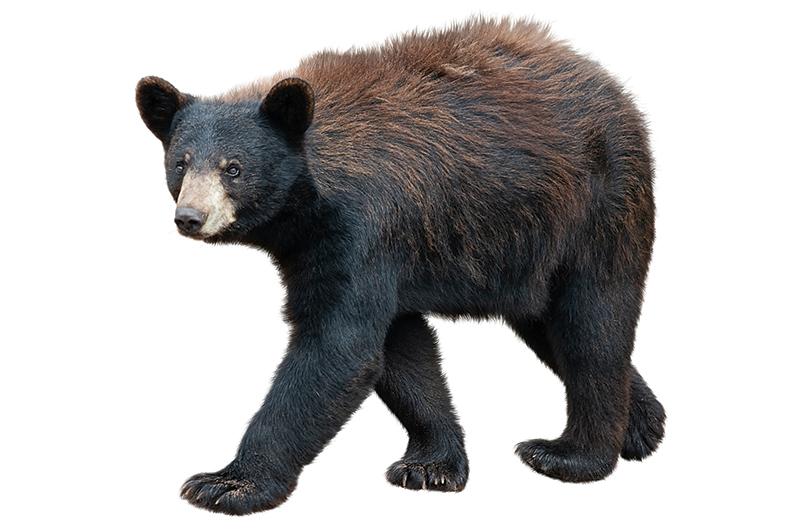
Uncatena: Steamship that began service in 1965, eventually replacing the elegant and beloved Nobska. Not nearly as popular as its predecessor, it was variously called the “Tincantena” or the “Junkatena” by nostalgic travelers. Its real name came from the original Uncatena, a 187-foot steel-hulled sidewheel steamer built in 1902 that sailed from New Bedford to the Vineyard for twenty-six years, which itself was named for one of the easternmost of the Elizabeth Islands. At one point, the latter Uncatena was cut in half and a fifty-two-foot extension was added to the middle, making the vessel even more ungainly. In 1993 it was sold and served as a casino boat in Florida until being scrapped in 2008.

Unicorn: An early 1960s coffeehouse originally located in the old Tivoli building, and later on the far end of Circuit Avenue in what is now the Rockland Trust bank building. The Unicorn was an important Island musical venue, and a competitor of the nearby Mooncusser Coffeehouse. It was a branch of the Unicorn Coffee House of Boston, and was locally managed by Tom DeMont. A teenaged James Taylor is said to have performed there, as did many established stars of the folk, soul, and blues music scenes of the early sixties, from Dave Van Ronk, to the Chambers Brothers, to the Reverend Gary Davis.

Union Chapel: Octagonal, interdenominational church at the top of Circuit Avenue in Oak Bluffs. Built in 1871, eight years before the iron Tabernacle was erected, the grand Union Chapel served as a non-Methodist house of worship in a booming downtown area dominated by annual Methodist camp meetings. The architect was Samuel Pratt, who also designed the (non-extant) octagonal Pagoda building on the waterfront as well as other distinctive buildings in town (but not the old octagonal Baptist Temple in the Highlands). It originally featured prominent triangular elements too – triangular windows, triangular dormers, and triangular design elements atop its shutters.

Ursus americanus: Black bear. Though long extinct from the Vineyard, bears most likely inhabited the lands that would become the Island before sea levels rose with the melting of the most recent ice age and may have survived into historical times. John Brereton, the chronicler of Bartholomew Gosnold’s 1602 voyage to Martha’s Vineyard, listed “Beares” second (after “Deere”) among the animals he saw here on his brief visit. And in 1964, Dr. William A. Ritchie and a group of archaeologists found two bones, later identified as being from a black bear by Dr. Joseph Waters, among pieces of pottery, shells, charcoal, tools, and deer bones in a 2,500-year-old Native American hearth site near the Lagoon in Vineyard Haven. Skeptics, however, caution that Brereton’s list may have been combined with his list of mainland species, and that Wampanoags and off-Islanders regularly traded goods, including bones, before the arrival of the Europeans.
Usselton, Francis: The first, albeit short-term, European resident of West Chop. For decades after Edgartown was colonized by Europeans in 1641, the land between Lake Tashmoo and Vineyard Haven Harbor, which was known as Nobnocket or Holmes Hole Neck, was inhabited only by Wampanoags. But around the 1660s, real estate speculators quietly purchased the area from two purported Wampanoag “sachems” and authorized Usselton, who lived in Edgartown, to take possession in their name. He built a home just north of modern-day Grove Avenue, but was soon evicted by five men sent by Governor Mayhew, who did not recognize the legitimacy of sale. The evictors didn’t return the land to the Native Americans, however, but kept it for themselves. Today, Husselton Head, near the end of Pine Tree Lane, is named for him, although the name, perhaps like Usselton himself, is slightly corrupted.




